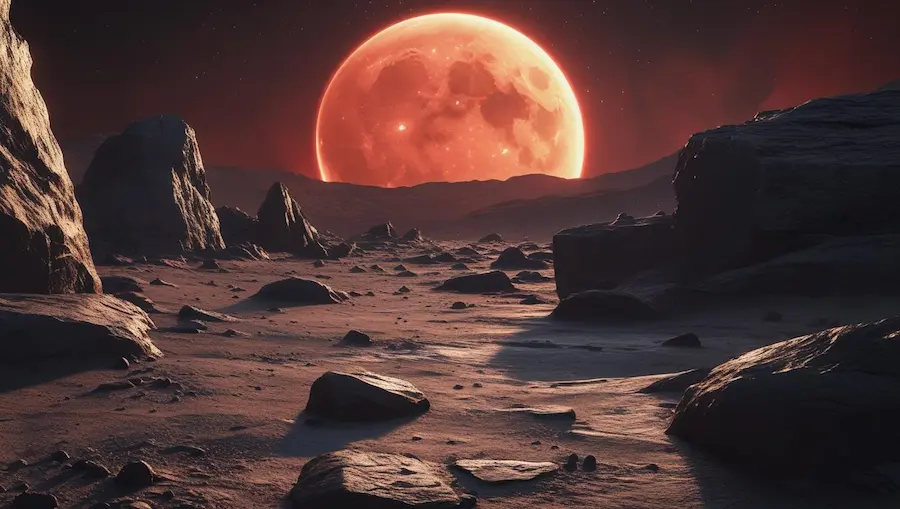What if the next big discovery in science isn’t on Earth—but orbiting a star just a few light-years away? For decades, the search for alien life has felt like science fiction. But now, astronomers are zeroing in on a growing list of planets that could actually support life—and some of them are shockingly close to home.
Thanks to powerful new telescopes and a flood of fresh data, scientists have identified dozens of “second Earths” orbiting distant suns. These worlds aren’t just numbers in a database; they’re real places where oceans might shimmer, atmospheres could swirl, and—just maybe—something is alive and watching the stars. Here’s what you need to know about the most promising new homes for life in our galaxy.
Here’s the latest scoop (as of June 2025) on planets that are considered the best bets for hosting alien life, based on habitability analysis. These are the cosmic “hot properties” that scientists are watching closely:
1. Proxima Centauri b
This is the closest exoplanet to us, just 4.24 light-years away. It’s a rocky world in the habitable zone of its red dwarf star. The catch? Proxima Centauri is a flare-happy star, so the planet’s surface might get zapped by radiation. Still, if it has a thick enough atmosphere, life could be possible—think “tough microbes” rather than “little green men”.

2. Ross 128 b
About 11 light-years away, this planet orbits a much quieter red dwarf, making it a more stable environment. It’s likely rocky and sits in the habitable zone, so if it has an atmosphere, it could be a prime spot for life.
3. Luyten b (GJ 273 b)
This “Super-Earth” is 12.2 light-years away, also in the habitable zone of a relatively calm red dwarf. It’s bigger than Earth, so gravity would be stronger, but it’s a solid candidate for habitability.
4. TRAPPIST-1 System (especially TRAPPIST-1e, 1f, 1g)
This system is 39 light-years away and has seven Earth-sized planets, three of which are in the habitable zone. They’re tightly packed and may have atmospheres. TRAPPIST-1e is the most Earth-like, but the star is an ultracool dwarf with frequent flares.

5. Teegarden’s Star b and c
Just 12.5 light-years away, these two planets are very close to Earth in mass and temperature, orbiting a quiet old red dwarf. Both are in the habitable zone and are top targets for future atmospheric studies.
6. Kepler-186f, Kepler-442b, Kepler-22b, and others
These are farther away (hundreds of light-years), but they’re Earth-sized and in their stars’ habitable zones. Kepler-186f was the first Earth-sized planet found in a habitable zone, and Kepler-442b is considered one of the most Earth-like discovered so far.
7. LHS 1140 b
This is a rocky “super-Earth” about 49 light-years away, likely an ocean world, and sits comfortably in the habitable zone.
8. Gliese 667 Cc, Gliese 163 c, and others
These are all relatively nearby, rocky, and in the habitable zones of their stars. Some are “super-Earths,” meaning they’re bigger than Earth but still potentially rocky.
For a full, up-to-date list, check out the Habitable Exoplanets Catalog from the Planetary Habitability Laboratory, which is basically the Zillow for potentially life-friendly worlds.
Bottom line:
We’ve got a handful of promising candidates, but we’re still waiting for the smoking gun—like a whiff of oxygen, methane, or some other biosignature in their atmospheres. The James Webb Space Telescope and other next-gen observatories are on the case, so stay tuned for the next big discovery!



